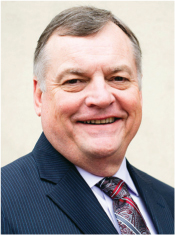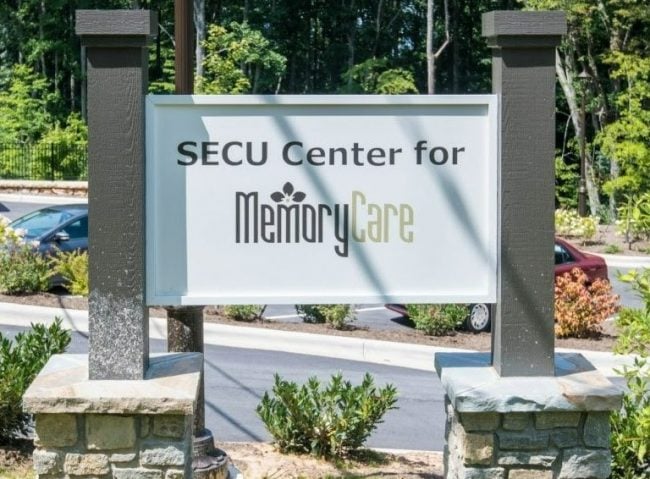 Bill Cheney's decision to joinSchoolsFirst Federal Credit Union as CEO was unexpected, butunderstandable. He returns to California to guide the fifth-largestcredit union in the country, doing something he relishes: Improvingthe financial lives of credit union members and their families.
Bill Cheney's decision to joinSchoolsFirst Federal Credit Union as CEO was unexpected, butunderstandable. He returns to California to guide the fifth-largestcredit union in the country, doing something he relishes: Improvingthe financial lives of credit union members and their families.
Bill will move on to SchoolsFirst with credit unions – and CUNA– in solid, strong positions:
- We are on the cusp of 100 million memberships nationwide – anumber attained after surging growth over the past three years andthe best in 12 years.
- We’ve left the recession in the dust – lending is back ontrack, savings are growing, and net worth is on a path to matchpre-recession levels.
- We’ve had a very big win recently in the Congress: In the firstmajor tax reform proposal unveiled, no changes were made – or evensuggested – to the credit union tax exemption. That's not smallpotatoes, especially considering that more than 200 other groupswere hit by the plan – including the nation's largest banks.
- We’ve had important regulatory improvements including betterexam guidance on DoRs, a revised loan participations rule and arevamped derivatives rule, along with a more workable approach totroubled debt restructurings.
- The credit union movement is energized: Our biggest crowd ever– 4,400 strong – traveled to Washington to attend our GovernmentalAffairs Conference just last month. Credit union advocates fannedout over Capitol Hill (“They were everywhere,” we heard from morethan one source) driving home the messages of “don't tax my creditunion,” relieve the regulatory burden, and help us enhance thecredit union charter.
- CUNA is coming off one of its most successful years everfinancially and operationally.
In short: Bill returns to California having left your nationaltrade association in a very good position indeed. But he's alsomade it clear – to myself and my CUNA board colleagues, as well asthe CUNA staff – that sitting still is not an option. He counselsfull steam ahead – and we are taking his wise words to heart.
|Working with the leagues, CUNA will continue on its course ofaction for credit unions: Protecting, reducing the regulatoryburden and helping prepare for the future – all through our primaryrole of advocating on credit unions’ behalf.
|We’ve heard the first word in tax reform – but not the last.Bankers despise the fact credit unions were left out; the ABA andIndependent Community Bankers of America – are already working toerode the proposal's silence on our tax exemption.
|CUNA will continue to protect our tax status. Our “Don't Tax MyCredit Union” campaign generated more than 1.3 million contactssince last May urging lawmakers to leave our tax status alone. Andthe campaign's award-winning social media outreach – touching morethan 9 million social media users – helped every day to underscoreour message. We will be building on both of these actions in themonths to come to continue protecting credit unions.
|The regulatory burden must be eased in order for credit unionsto best serve their members, and we are working on two tracks –legislation and regulation – to give credit unions the break theydeserve.
|We have successfully passed out of congressional committee – forthe first time in 15 years – standalone regulatory relieflegislation for credit unions. That's a major accomplishment, whenno else is getting any legislation to move in this Congress.
|On the regulatory side, we have taken strong stands to limit andease the burden. For instance, we have argued that the NCUA'srisk-based capital proposal is unneeded by credit unions, whose networth system withstood the worst financial downturn in 80years.
|We support, and want, risk-based capital – but not in the waythat the NCUA has proposed. We were the first to call on NCUA toconduct public hearings on the proposal (which they have done), andwe are marshaling our considerable grassroots resources to build astrong cache of credit union comment letters to the agency. Thisproposal may in fact become regulation – but not before we convincethe agency to fix it.
|With a shared agenda of removing barriers, increasing awarenessand fostering service excellence, we have the direction to buildour movement, by 2023, to a total of 55 million members whoconsider a credit union their “primary financial institution,” andreturn to them annually financial benefits of $20 billion – ormore.
|And, by design, this initiative is designed to take advantage ofthe “cultural shift” in society: People – especially younger ones –who want access to values-based products and services, in order tosee themselves (and to be seen by others) in a more responsiblelight. That's right in our wheelhouse as credit unions.
|All of this was begun, and fostered, during Bill Cheney's tenureat CUNA, beginning just four years ago.
|I can assure you: CUNA will continue to build on what Bill andhis team at CUNA have accomplished, without skipping a beat. True,it will be a challenge to bring on new leadership that matches theknowledge, commitment and passion that Bill brings to the job.Further, the CUNA board intends to take a long look at the systemstructure. We have big goals ahead, and will need to change thestatus quo if our future is to look bigger than our present.
|Fortunately, Bill Cheney gave us a course for moving forward –full steam ahead.
|Dennis Pierce is chairman of the CUNA Board of Directors and ispresident/CEO of Community/America Credit Union in Lenexa, Kan. Hecan be reached at 913-905-8100 or [email protected].
Complete your profile to continue reading and get FREE access to CUTimes.com, part of your ALM digital membership.
Your access to unlimited CUTimes.com content isn’t changing.
Once you are an ALM digital member, you’ll receive:
- Critical CUTimes.com information including comprehensive product and service provider listings via the Marketplace Directory, CU Careers, resources from industry leaders, webcasts, and breaking news, analysis and more with our informative Newsletters.
- Exclusive discounts on ALM and CU Times events.
- Access to other award-winning ALM websites including Law.com and GlobeSt.com.
Already have an account? Sign In
© 2024 ALM Global, LLC, All Rights Reserved. Request academic re-use from www.copyright.com. All other uses, submit a request to [email protected]. For more information visit Asset & Logo Licensing.









